I am trying to implement a convolution method taking two vectors: an image; and a kernel. My problem is that i don't know how to calculate the index of the image neighbour element when I "slide" the kernel over the image vector. For example, with two identical vectors {0, 1, 2, 3, 4, 5, 6, 7, 8} I would like to achieve the following result:
My code so far is as follows:
public int[] convolve(int[] image, int[] kernel)
{
int imageValue;
int kernelValue;
int outputValue;
int[] outputImage = new int[image.length()];
// loop through image
for(int i = 0; i < image.length(); i++)
{
outputValue = 0;
// loop through kernel
for(int j = 0; j < kernel.length(); j++)
{
neighbour = ?;
// discard out of bound neighbours
if (neighbour >= 0 && neighbour < imageSize)
{
imageValue = image[neighbour];
kernelValue = kernel[j];
outputValue += imageValue * kernelValue;
}
}
output[i] = outputValue;
}
return output;
}
